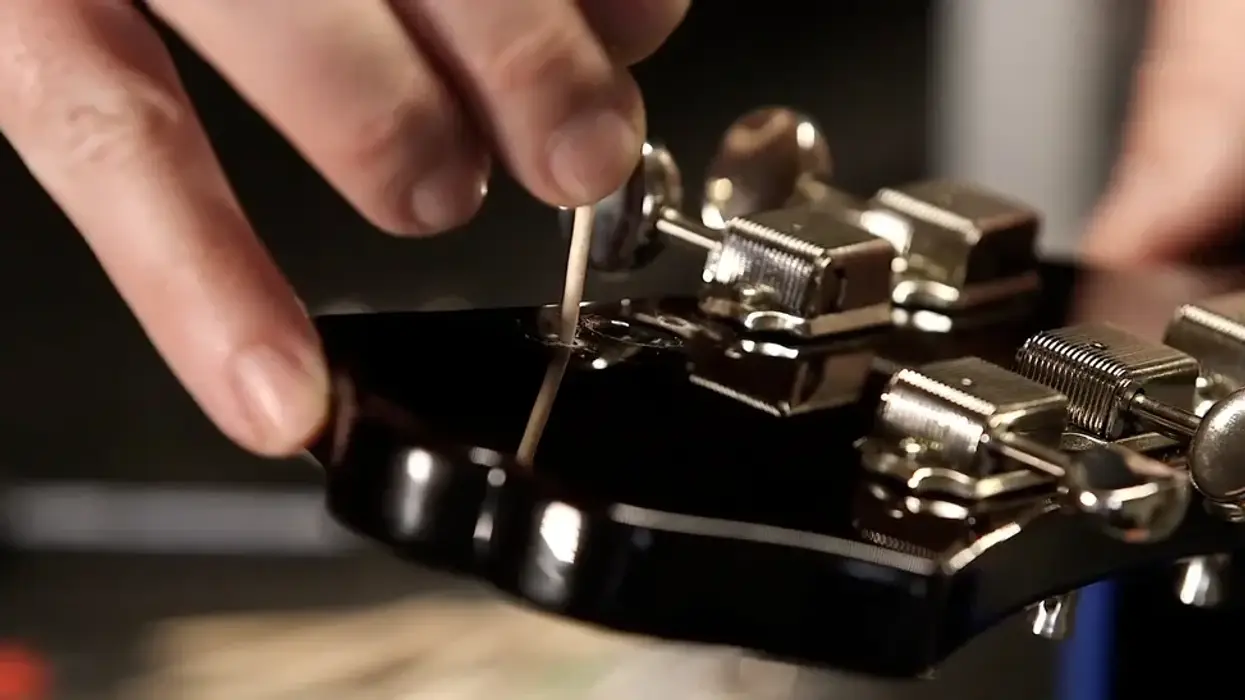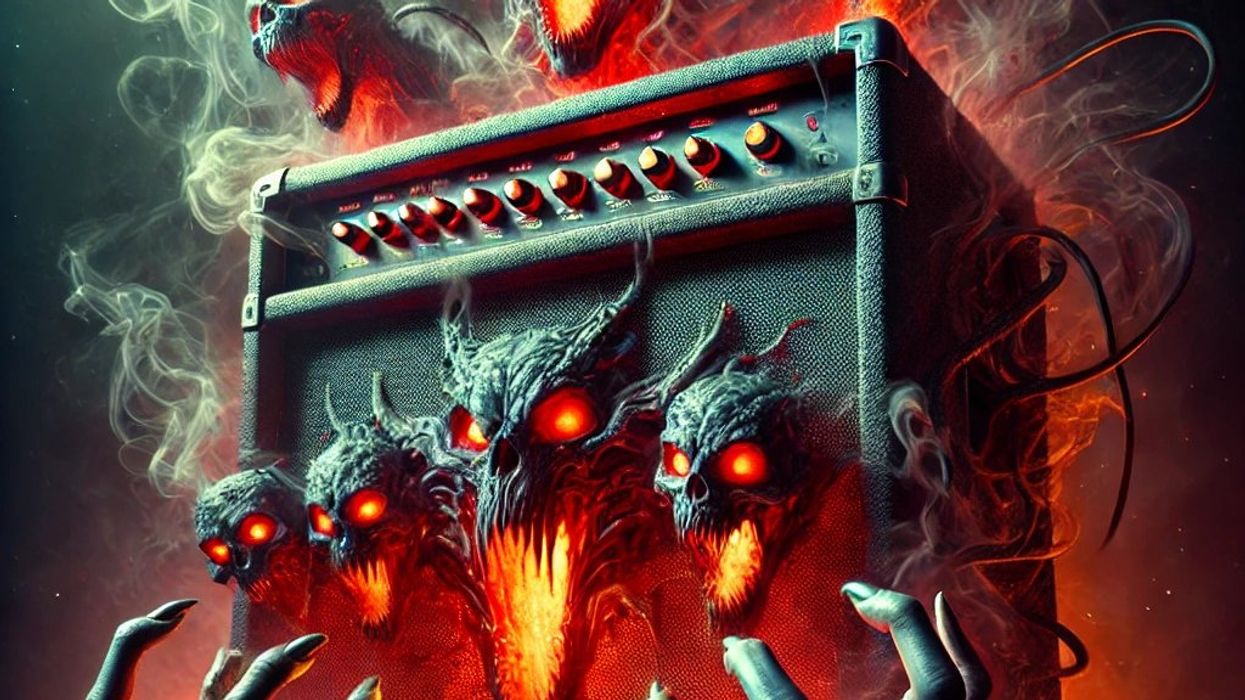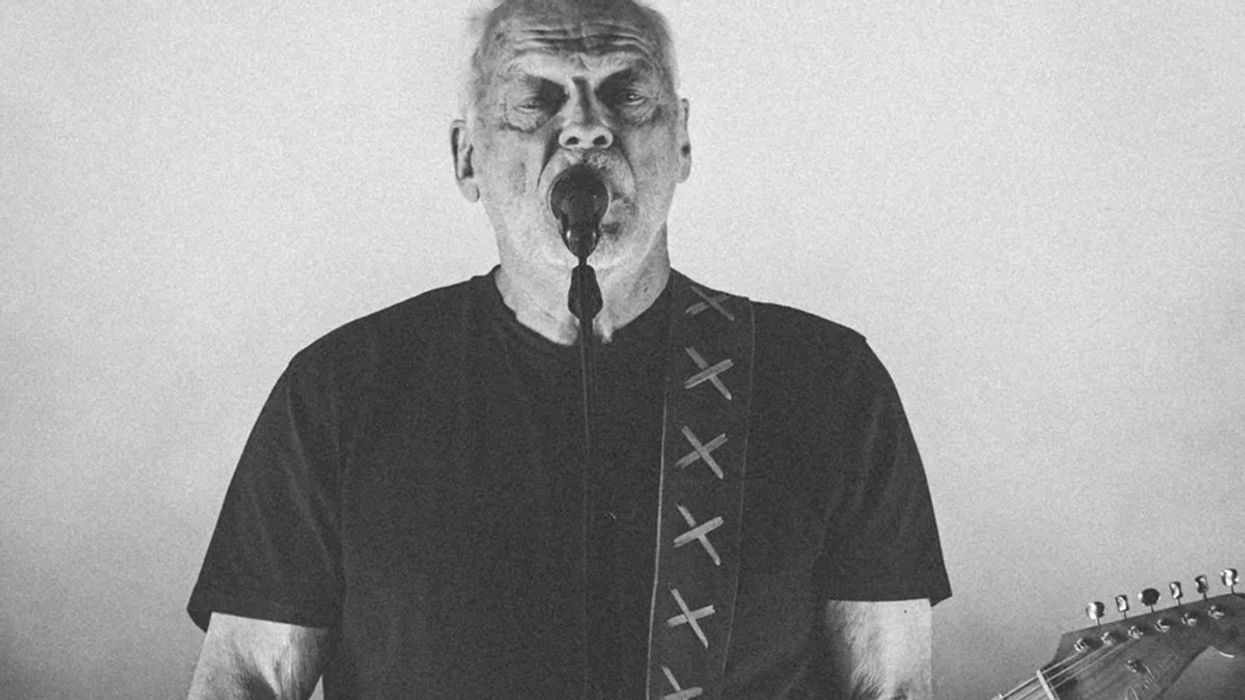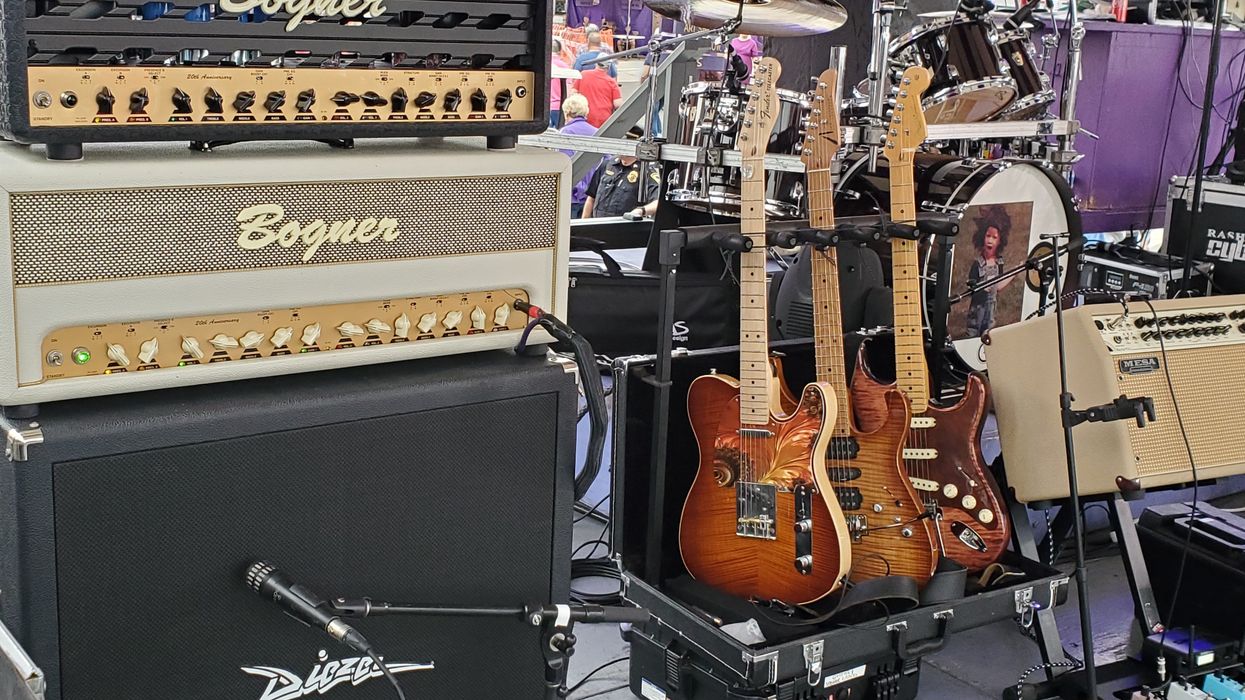To all the amps I’ve loved before—PG editorial director Ted Drozdowski’s odyssey through the world of amplification.
Amps are the mouthpiece through which the language of electric guitar tone is spoken. That makes them profoundly important. Since our gear theme this issue is amps, I’ve been obsessing about my own amp history. Amps can be part of a lifelong sonic odyssey. Here’s my journey.
While I’ve had some sweet ones over the years, my first amp was a mistake. I’d gotten my first electric guitar, a ’70s Strat, and I needed to plug it into something. I found an affordable new JMF Spectra 60-T, which had reverb, channel switching, and gain/master volume, so it seemed versatile and cool in blonde Tolex. I owned it for a year and was never happy with its buzzsaw distortion or plinky cleans, but concede that I was likely the reason it never sang like any of the guitars I heard on recordings or stages. I sold the Spectra to a violinist, who sounded awesome through it, and used the money to bump up to a black-panel ’66 Fender Twin Reverb.
Now, that amp gave me a toehold on the tones of my blues idols, or at least a pinky grip, given my minimal skills. I picked up a used MXR Distortion+ and soon played my first gig. As I was leaving the stage after my second performance, a friend, Dennis Keller, who co-owned Cambridge Music in Cambridge, Massachusetts, grabbed me and said, “You need a Marshall.” Luckily, my wife, Laurie, overheard him, and bought me a 1972 50-watt Super Lead head for my birthday. (Yes, she is special!) I immediately picked up a matching-year 4x12 and an obsession was born: I started playing through two amps, switching between the Twin and Marshall for clean and distorted sounds, alienating sound engineers from that day forward.
The sonic expressionism of alternative rock/grunge really spoke to me as a songwriter and noisemaker, even though my deepest interests were in traditional American music and psychedelia. So I beefed up the double-amp setup after seeing my favorite band of the era, Catherine Wheel, take new Mesa/Boogie Dual Rectifiers straight out of boxes and onto the stage at Toad’s Place in New Haven, Connecticut, where we were lucky enough to open for them. Such depth and power. Of course, I scored a Trem-O-Verb model, and ran it in parallel with my Marshall head through a pair of 4x12s. I used the Marshall au naturel and gussied up the Mesa with the fairly extensive pedalboard I’d built up. This was not a practical rig, but it was magnificent, and the Twin was relegated to the studio until I sold it a few years ago.
“I owned it for a year and was never happy with its buzzsaw distortion or plinky cleans, but concede that I was likely the reason.”
After the band I was in imploded, I trimmed back to the Marshall and a 2x12, and there I stayed as I played in both a psychedelic rock band called Devil Gods and transitioned into playing blues seriously, thanks to discovering the sounds coming from North Mississippi artists R.L. Burnside and Junior Kimbrough. In Scissormen, I was committed to taking that rusty trad sound, which I considered the aural equivalent of Zen poetry, into the present. As I extensively toured the U.S. and, occasionally, Europe, I scaled back to an Epiphone Valve Standard combo until, in about 2010, the great documentary filmmaker Robert Mugge, who is a friend and a fan of Scissormen, decided to make a movie about me and the band, BIG SHOES: Walking and Talking the Blues.
I had to game-up my sound again, and added a hand-me-down Peavey combo and, for the film and soundtrack, went back to playing in stereo, which I still do today. In subsequent years, I sometimes paired the Epiphone with a ’64 Supro Tremo-Verb Laurie had inherited, or the Marshall with a 1x12, or an Orange Micro Terror, which I contend is a cross between Chihuahua and werewolf.
When the Epiphone expired, I determined to get a nice boutique amp and finally, really define my sound. I auditioned over a dozen makes and models and bought a used Carr Vincent, which I like to think of as a super Fender. The random pairing continued with happy sonic results until 2022, when filmmaking entered again. This time, I was about to make a movie I created and crowdfunded that features my current cosmic roots band Coyote Motel. I thought The River: A Songwriter’s Stories of the South—a musical cultural history—would be a defining work as a musician and journalist. And it is. So, I needed an amp as harmonically rich and present as the Vincent. With consultation from Steve Carr, I acquired a Telstar. To my ears, the pairing, audible in all 10 of the film’s musical performances, is what I’ve always been looking for but I didn’t necessarily know it.
That’s the thing. Anyone’s amp odyssey is evolutionary, intensely personal, and sometimes accidental or motivated by circumstances. Mine may be over. But I’m not ruling out modeling or, really, anything. Today, my amps make me very happy. And I hope yours do the same!


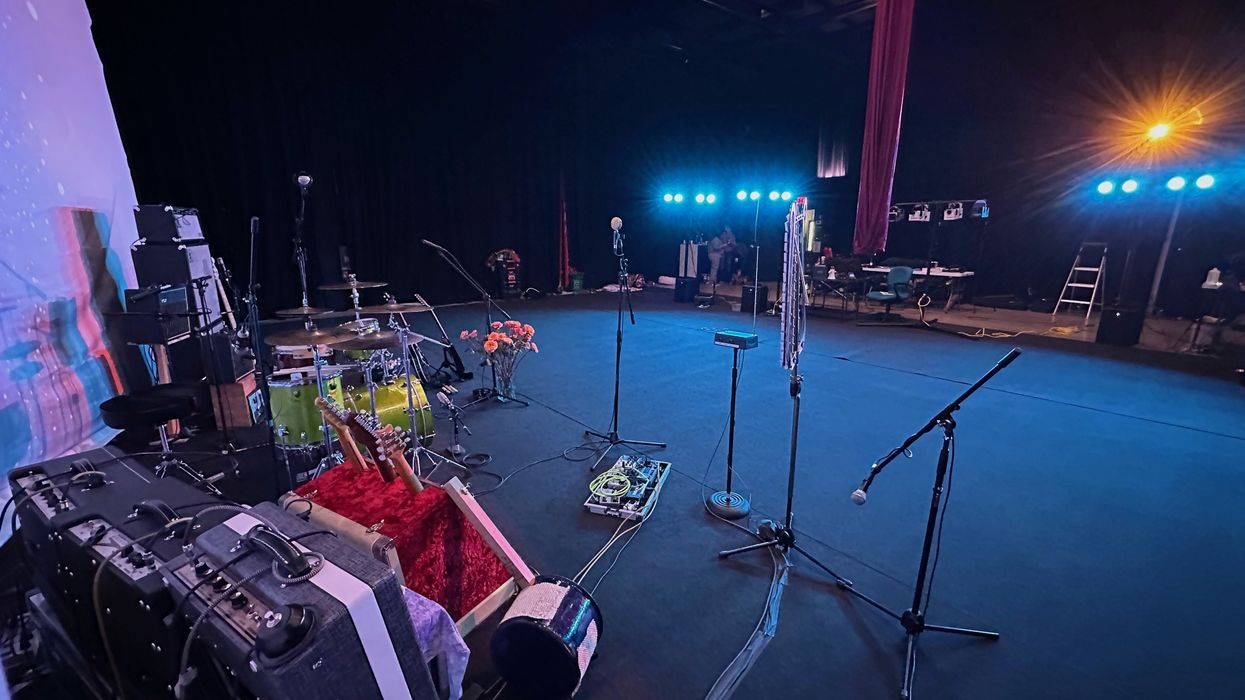


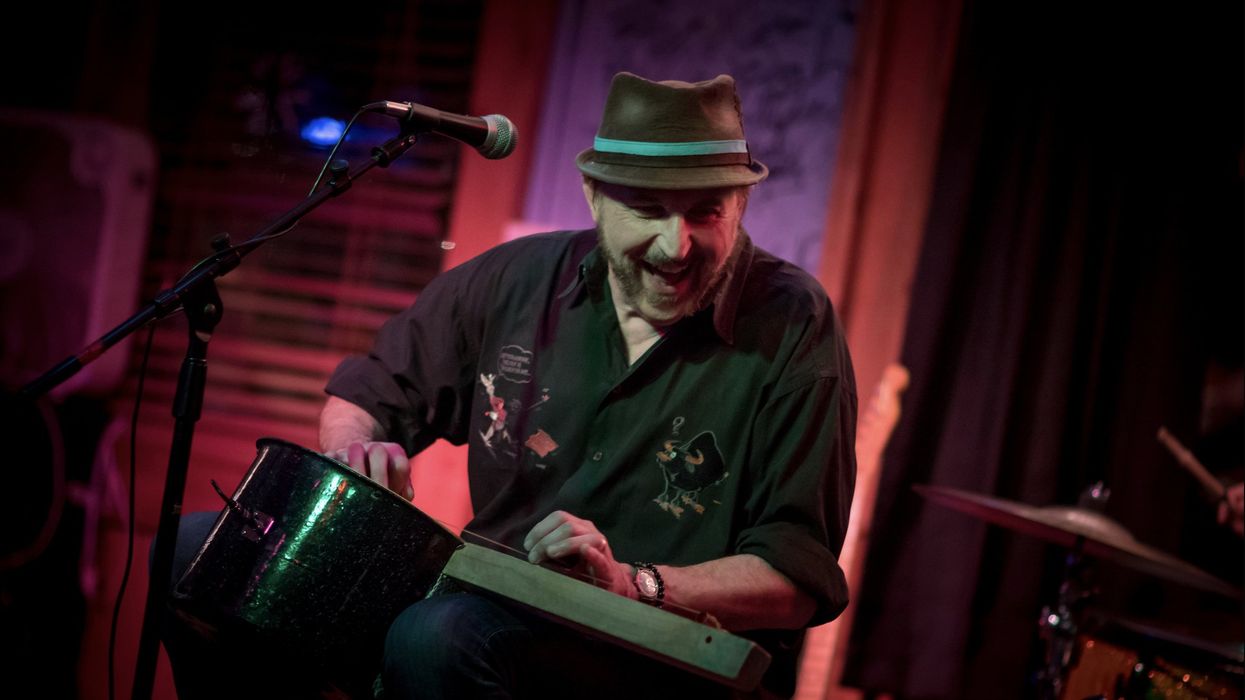
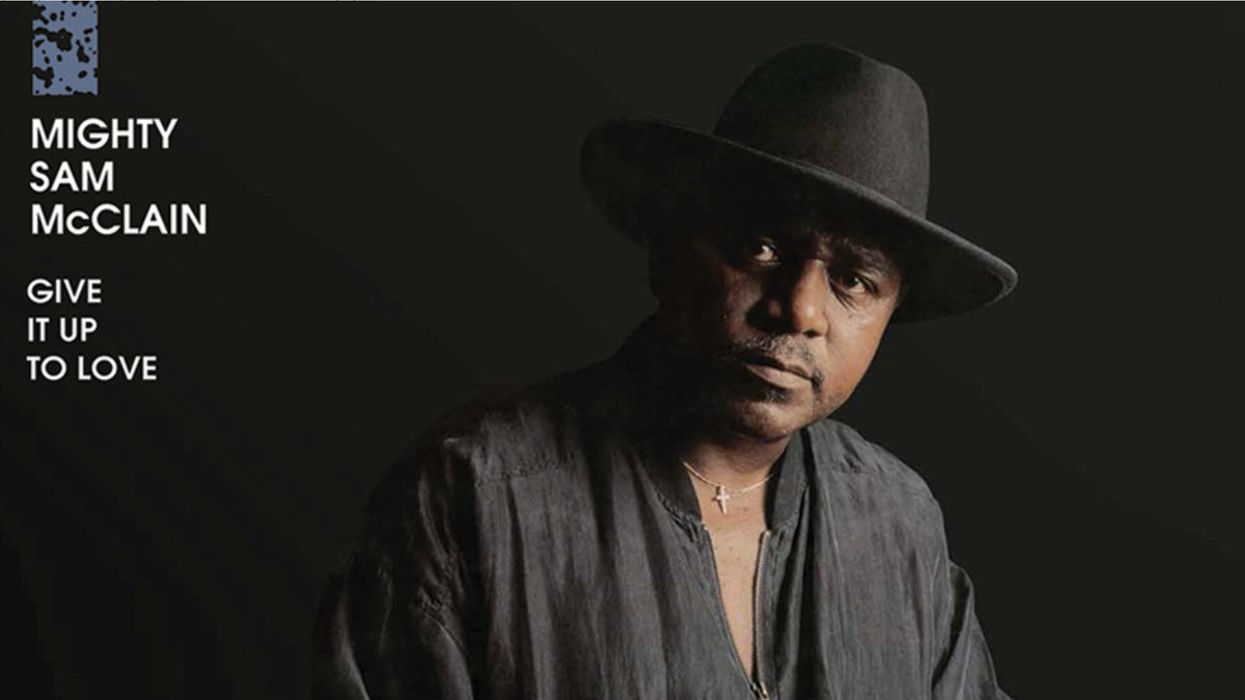
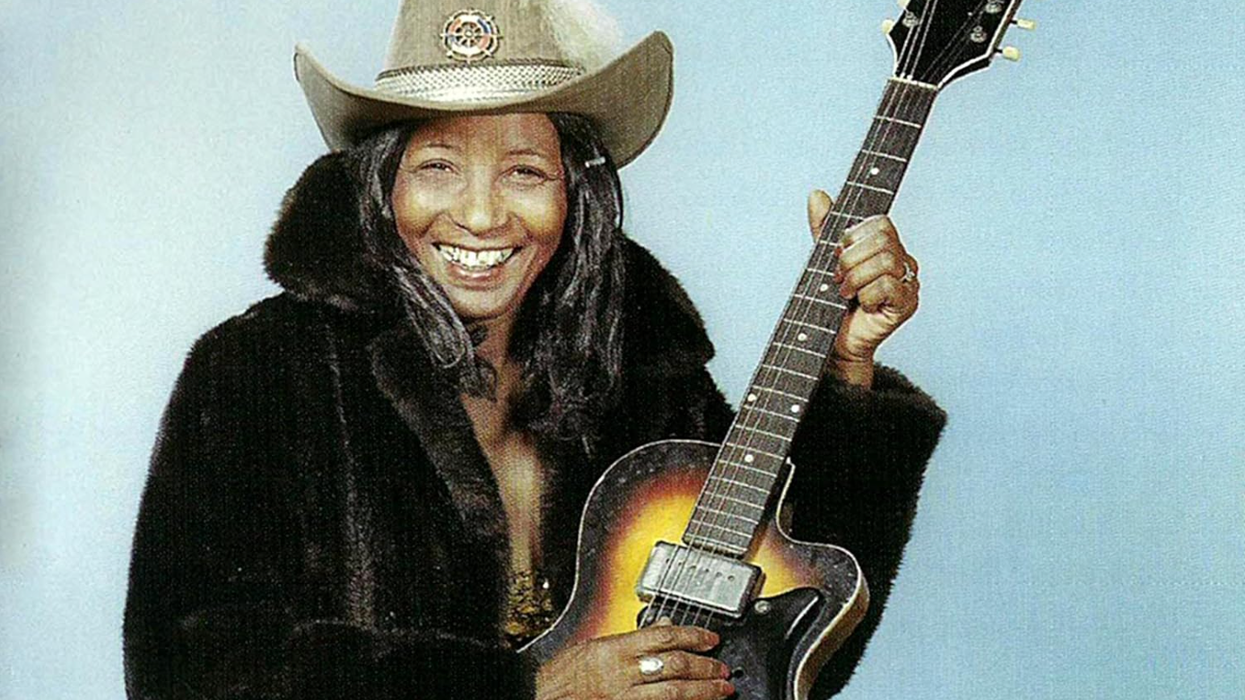





![Rig Rundown: Russian Circles’ Mike Sullivan [2025]](https://www.premierguitar.com/media-library/youtube.jpg?id=62303631&width=1245&height=700&quality=70&coordinates=0%2C0%2C0%2C0)
